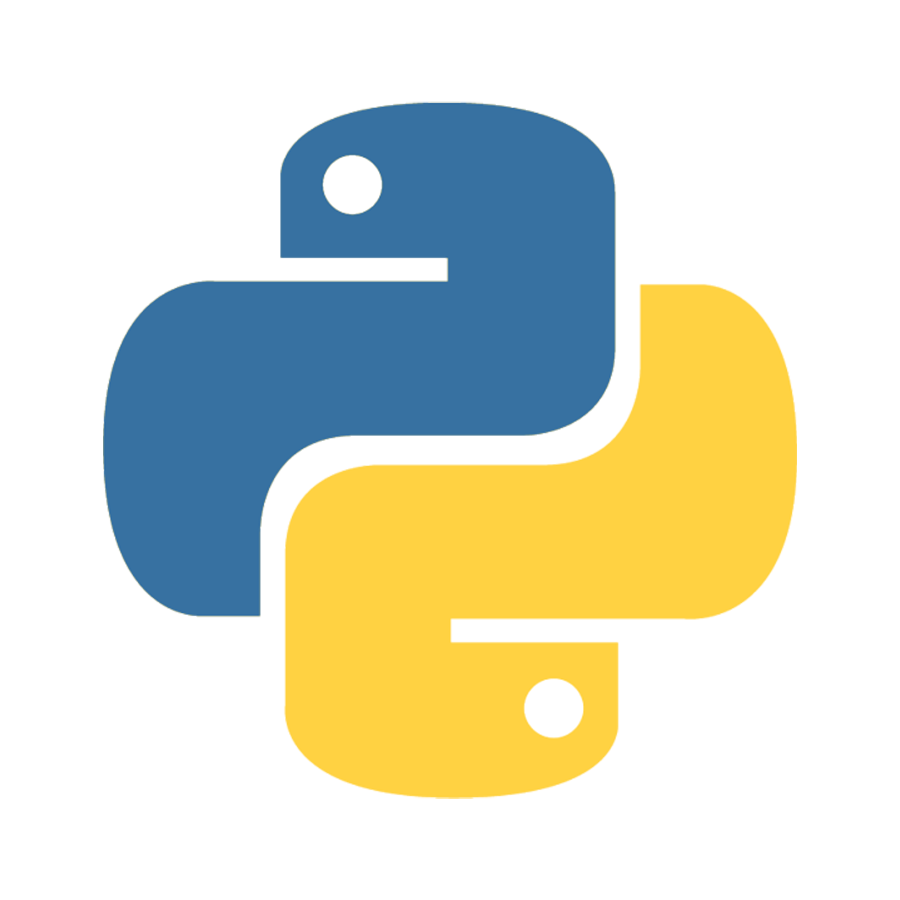Python is a versatile, high-level programming language known for its simplicity, readability, and vast range of applications. Designed by Guido van Rossum in the late 1980s and first released in 1991, Python emphasizes code readability with its clear syntax and indentation, making it an excellent choice for both beginners and experienced developers.
Key Features of Python:
- Simple and Readable Syntax: Python’s syntax is designed to be clean and easy to understand, resembling plain English. This simplicity makes learning and writing code more intuitive.
- Interpreted Language: Python does not require compilation. The Python interpreter processes code directly, which simplifies debugging and development.
- Dynamically Typed: Variable types in Python are determined at runtime, which adds flexibility but requires careful coding to avoid type-related errors.
- Multi-Paradigm: Python supports multiple programming paradigms, including:
- Procedural programming
- Object-oriented programming (OOP)
- Functional programming
- Extensive Libraries and Frameworks: Python comes with a vast standard library and third-party packages to handle diverse tasks, from web development (e.g., Django, Flask) to data science (e.g., NumPy, Pandas).
- Platform-Independent: Python code can run on various operating systems, such as Windows, macOS, and Linux, without requiring changes (cross-platform compatibility).
- Community Support: With an active global community, Python offers extensive support through forums, documentation, and third-party contributions.
Common Applications of Python:
- Web Development: Building web applications using frameworks like Django, Flask, and FastAPI.
- Data Science & Machine Learning: Leveraging libraries such as Pandas, NumPy, TensorFlow, and Scikit-learn.
- Artificial Intelligence: Developing AI solutions using frameworks like PyTorch and Keras.
- Scripting and Automation: Writing scripts to automate repetitive tasks.
- Game Development: Creating games with libraries like Pygame.
- Desktop GUI Applications: Using frameworks like Tkinter or PyQt.
- Networking: Automating and managing network systems with libraries like Paramiko.
Example: A Simple Python Program
Here’s a basic example to illustrate Python’s simplicity:
# This is a simple Python program to greet the user
name = input("Enter your name: ")
print(f"Hello, {name}! Welcome to Python programming.")
When executed, this program prompts the user to input their name and then greets them, demonstrating how easy it is to interact with users in Python.Python’s versatility and ease of use make it a favorite choice for developers across industries. Whether you’re a beginner or an expert, Python offers endless possibilities to explore and create.

2 Responses
Informative
content is to the point, highly recommended